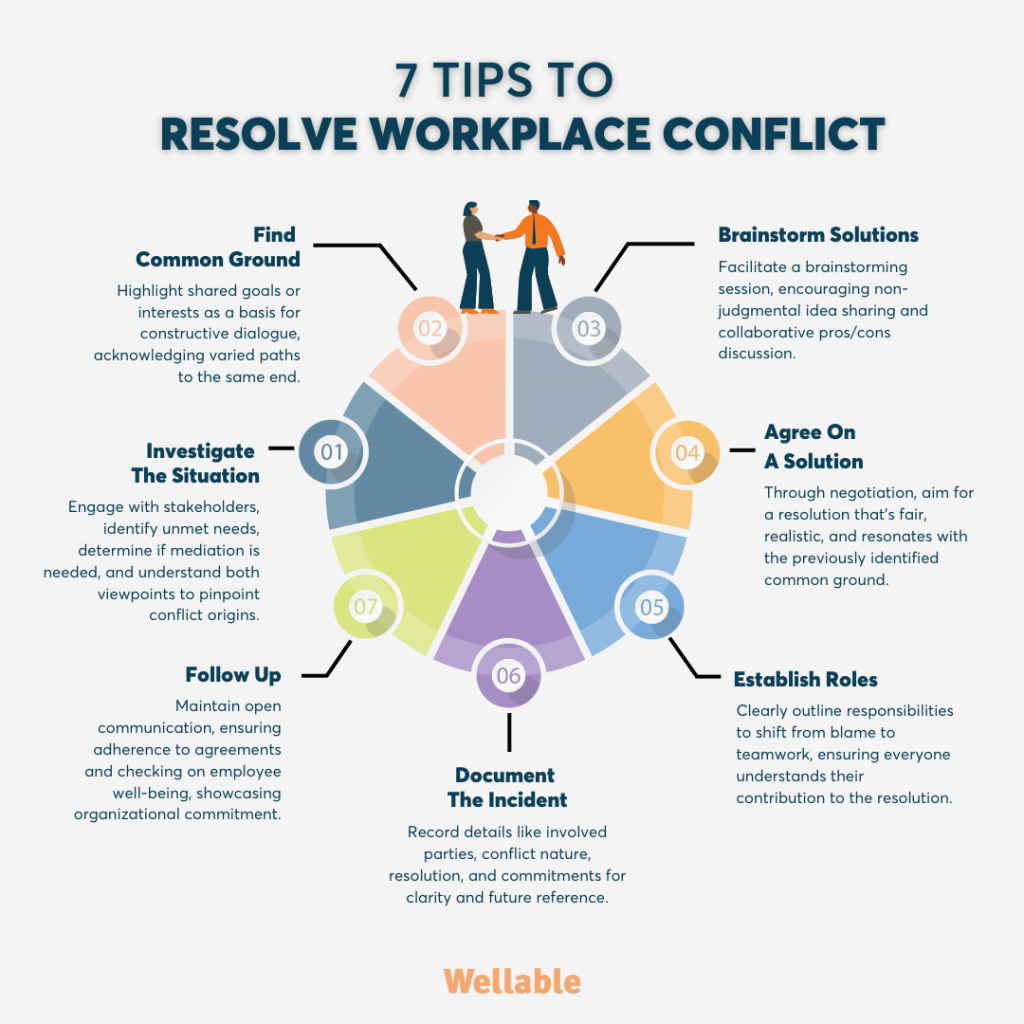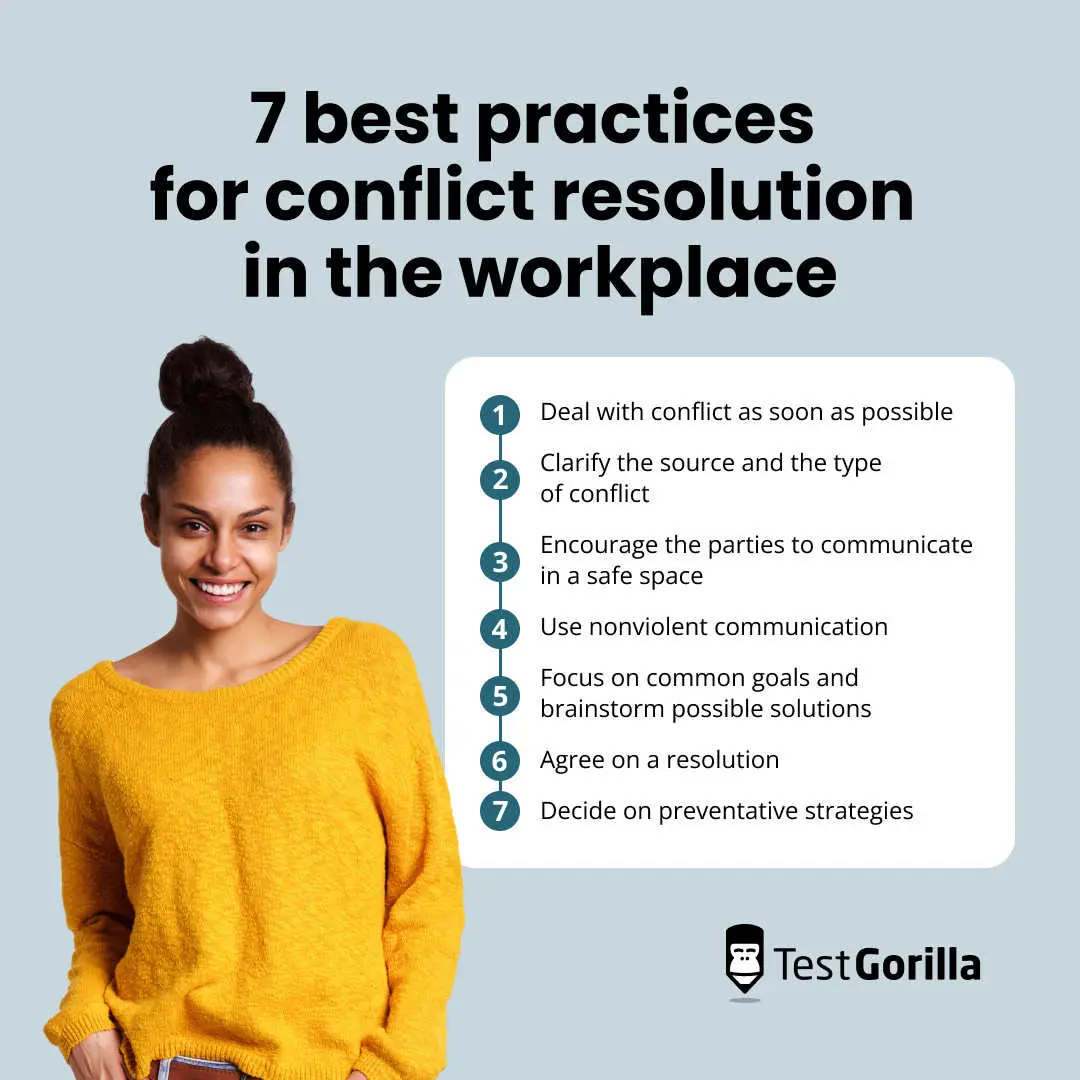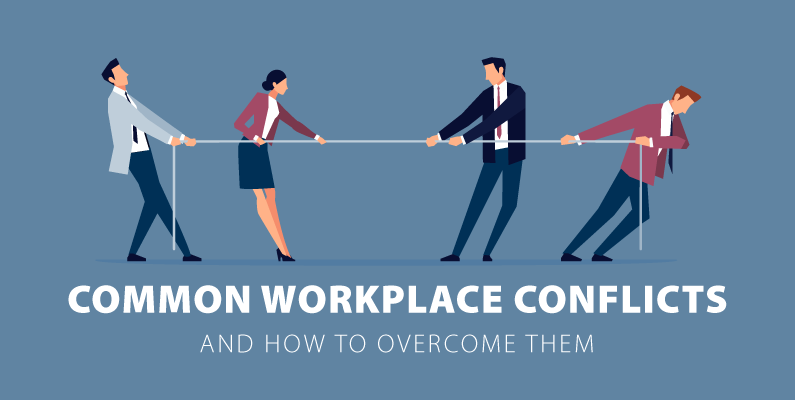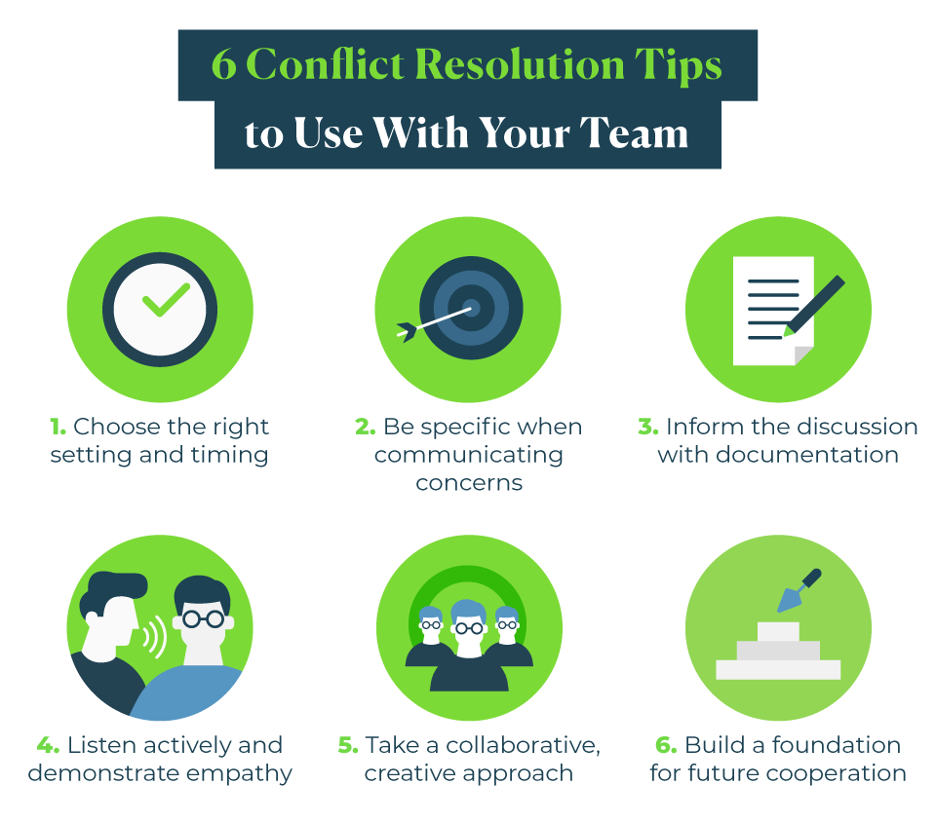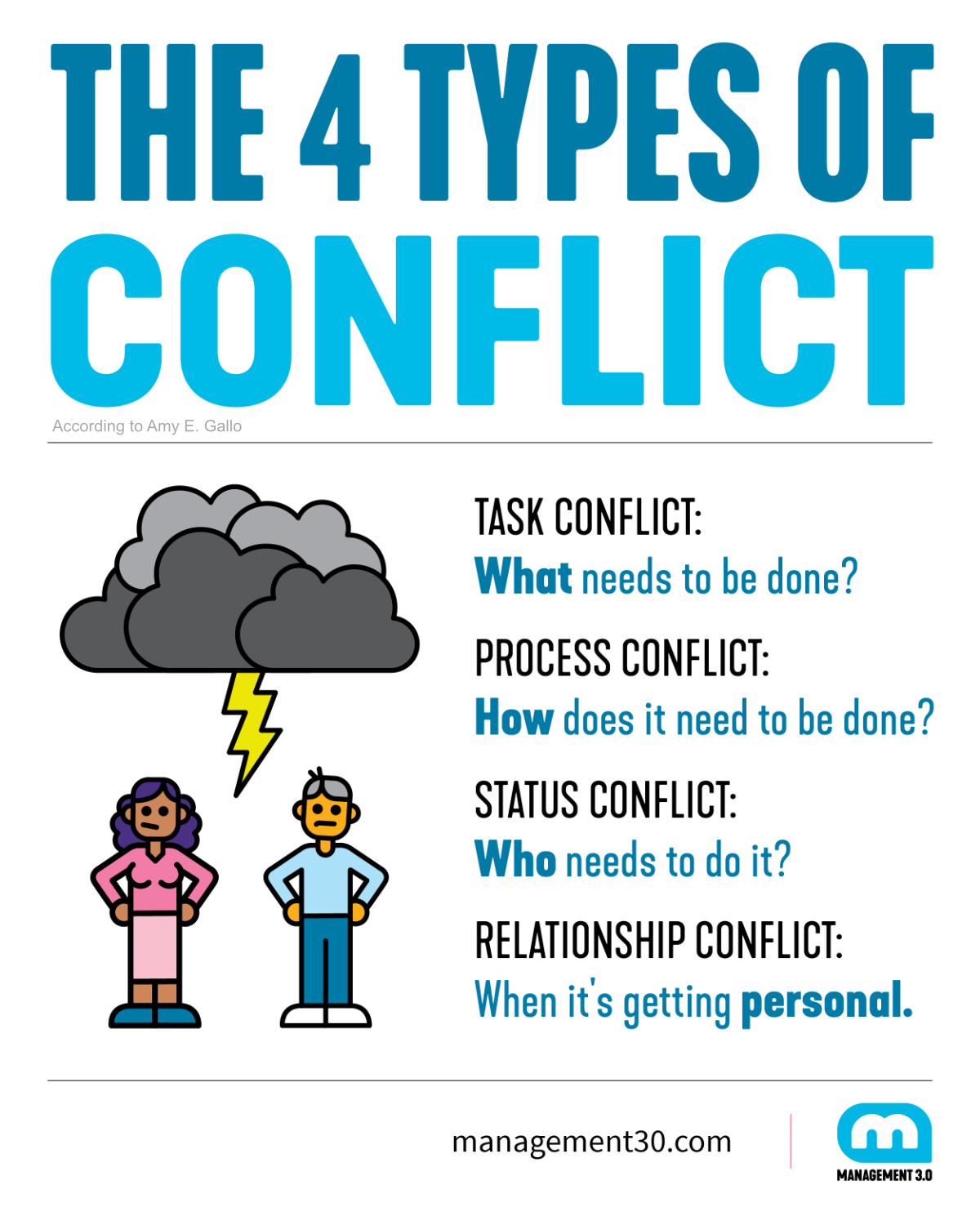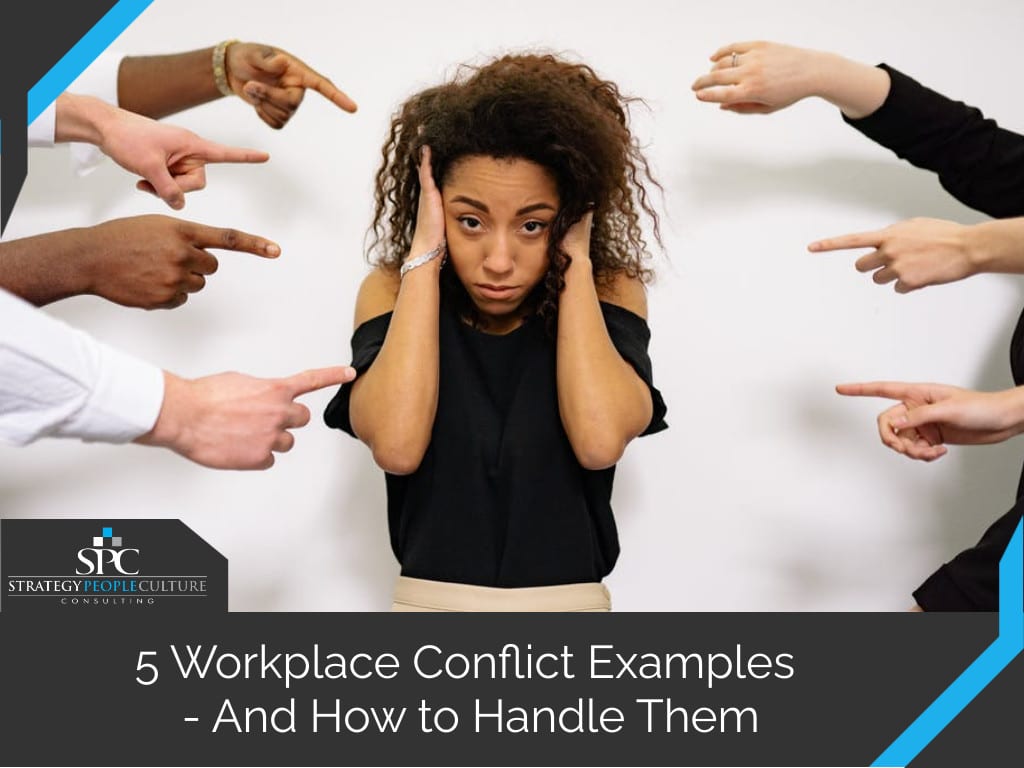How To You Handle Conflict In The Workplace
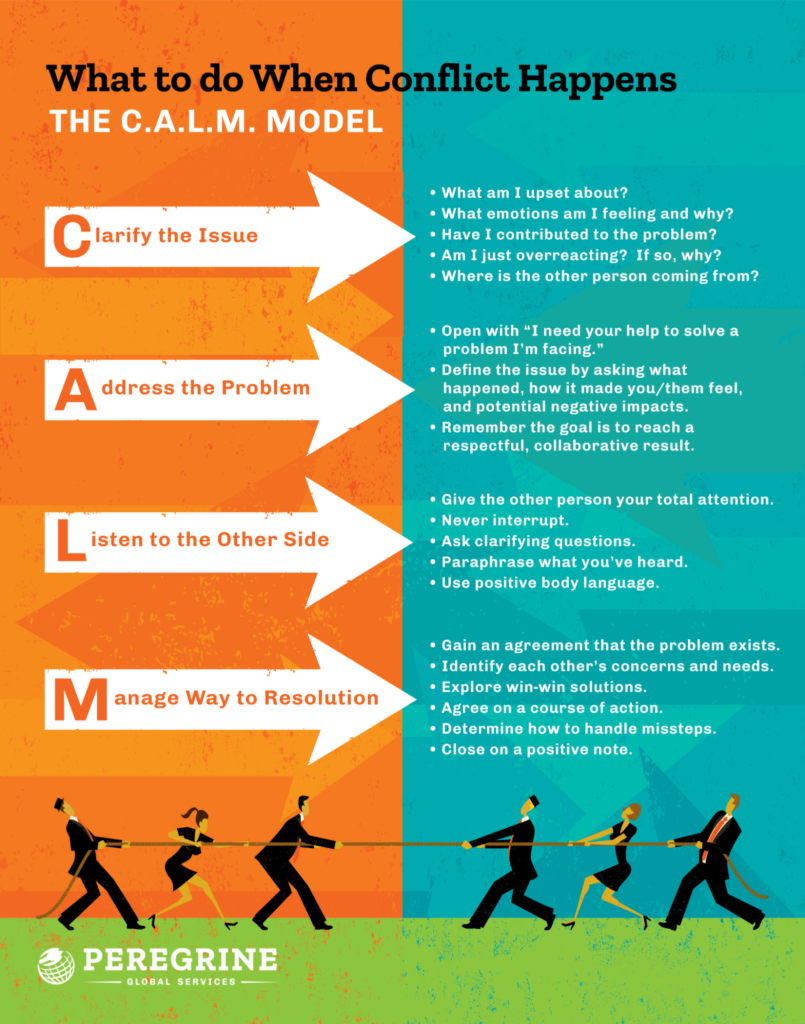
Workplace conflict, an inevitable part of organizational life, can range from minor disagreements to full-blown disputes. Effectively managing these conflicts is crucial for maintaining productivity, morale, and a healthy work environment.
Understanding the underlying causes and implementing proactive strategies are key to preventing escalation and fostering resolution. This article explores various approaches to handle conflict in the workplace, drawing from expert opinions and best practices in human resources.
Understanding the Roots of Workplace Conflict
Conflict often stems from differences in personalities, values, goals, or communication styles. According to a study by CPP Global Human Product, 85% of employees experience some form of conflict in the workplace.
These conflicts can arise from resource scarcity, unclear roles, or simply misinterpretations. Addressing the root causes is paramount to implementing lasting solutions.
Strategies for Conflict Resolution
Several strategies can be employed to manage and resolve workplace conflict effectively. These range from informal approaches to more structured interventions.
Open Communication
Encouraging open and honest communication is fundamental. Employees should feel comfortable expressing their concerns and perspectives without fear of reprisal. Creating a safe space for dialogue can prevent misunderstandings from escalating into major disputes.
Active Listening
Active listening involves paying full attention to the speaker, understanding their message, and responding appropriately. This technique helps to clarify misunderstandings and fosters empathy. It ensures that all parties feel heard and valued.
Mediation
When conflicts escalate, mediation can be a valuable tool. A neutral third party facilitates communication and helps the disputing parties find common ground. Mediation is often used in situations where direct negotiation has failed. A skilled mediator can guide the parties towards a mutually acceptable resolution, preserving relationships and avoiding costly litigation.
Conflict Resolution Training
Providing employees with conflict resolution training equips them with the skills to manage disagreements constructively. Training programs typically cover topics such as communication skills, negotiation techniques, and conflict management styles. Such training empowers employees to handle conflict independently and effectively.
Formal Grievance Procedures
Organizations should establish formal grievance procedures to address serious conflicts. These procedures provide a structured process for employees to raise concerns and seek resolution. The process usually involves investigation, mediation, and, if necessary, disciplinary action. A well-defined grievance process ensures fairness and transparency in resolving workplace disputes.
"A clear and well-communicated grievance procedure is essential for ensuring that employees have a fair and impartial avenue for resolving workplace conflicts," says Dr. Anya Sharma, a leading HR consultant.
The Importance of Prevention
Preventing conflict is as important as resolving it. Proactive measures can help create a positive and collaborative work environment. Clearly defined roles and responsibilities minimize ambiguity and potential for conflict.
Regular team-building activities promote camaraderie and strengthen relationships among colleagues. Strong leadership that emphasizes fairness and inclusivity can also prevent conflict from arising.
The Impact of Unresolved Conflict
Unresolved conflict can have significant negative consequences on individuals and the organization as a whole. Decreased productivity, reduced morale, and increased absenteeism are common outcomes.
In severe cases, unresolved conflict can lead to turnover, legal action, and damage to the company's reputation. Investing in conflict resolution strategies is therefore essential for protecting the well-being of employees and the long-term success of the organization.
A Human-Interest Perspective
Consider the story of Sarah and Mark, colleagues who initially clashed over project responsibilities. Through mediation, they uncovered underlying miscommunications and developed a clearer understanding of each other's roles. As a result, they improved their working relationship and increased their team's overall productivity. This example illustrates the positive impact of effective conflict resolution.
Conclusion
Handling conflict in the workplace requires a multifaceted approach that combines prevention, intervention, and resolution strategies. By fostering open communication, providing training, and implementing fair grievance procedures, organizations can create a work environment where conflict is managed constructively and employees thrive. Prioritizing conflict resolution is not just about addressing problems; it's about building a stronger, more resilient, and more productive workplace for everyone.
